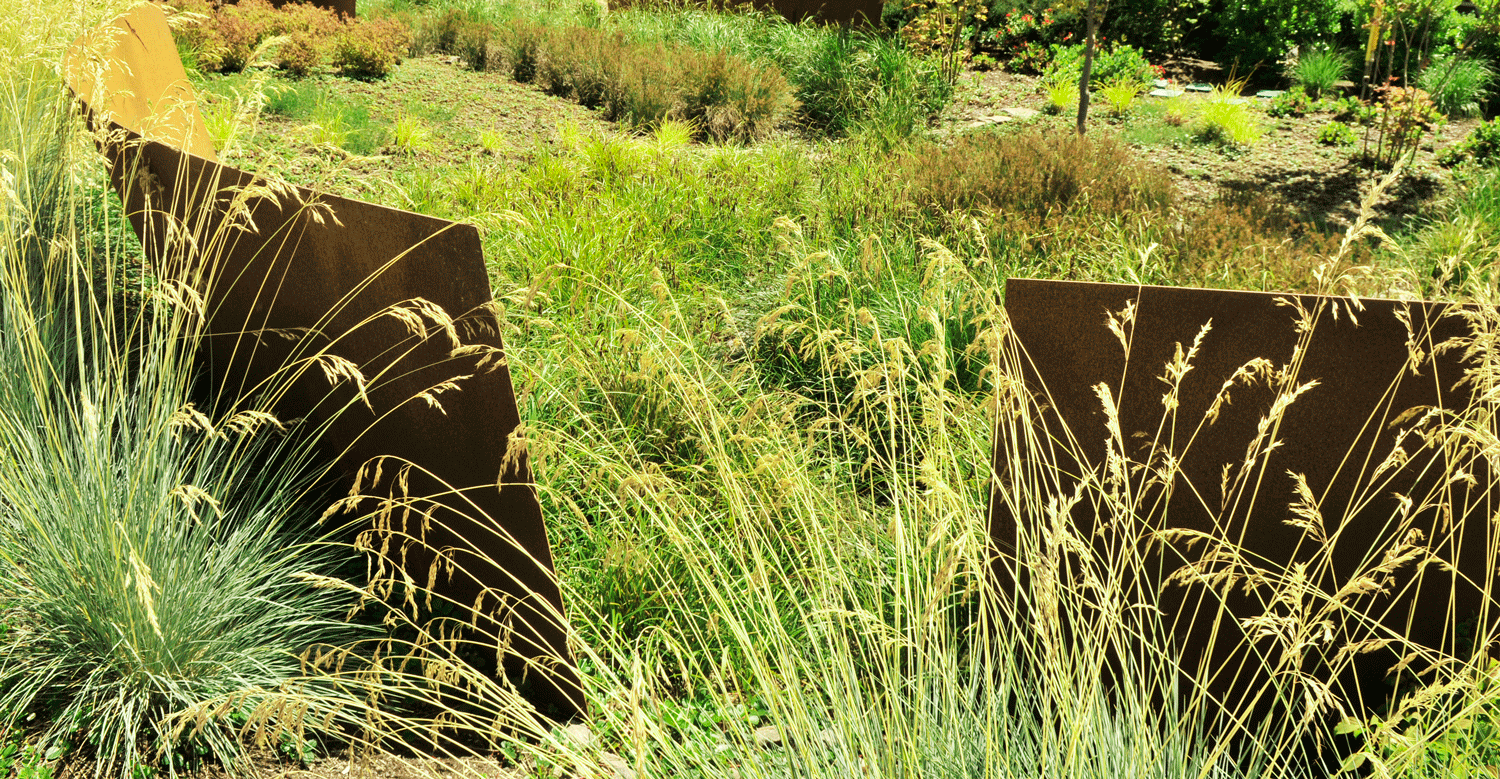East Metro Connections Plan
/GreenWorks worked on team to assist Metro in the East Metro Connection Plan as a part of a regional planning effort. The East Metro Connections Plan is the first mobility corridor refinement plan to come out of the 2035 Regional Transportation Plan. The Plan has implemented a new approach to allocating limited transportation dollars to ensure regional transportation investments, support local land use, community and economic development, and the environment. The plan has been an effort to understand present and future transportation challenges and prioritize solutions that reflect community values and the future plans and aspirations of each city.







